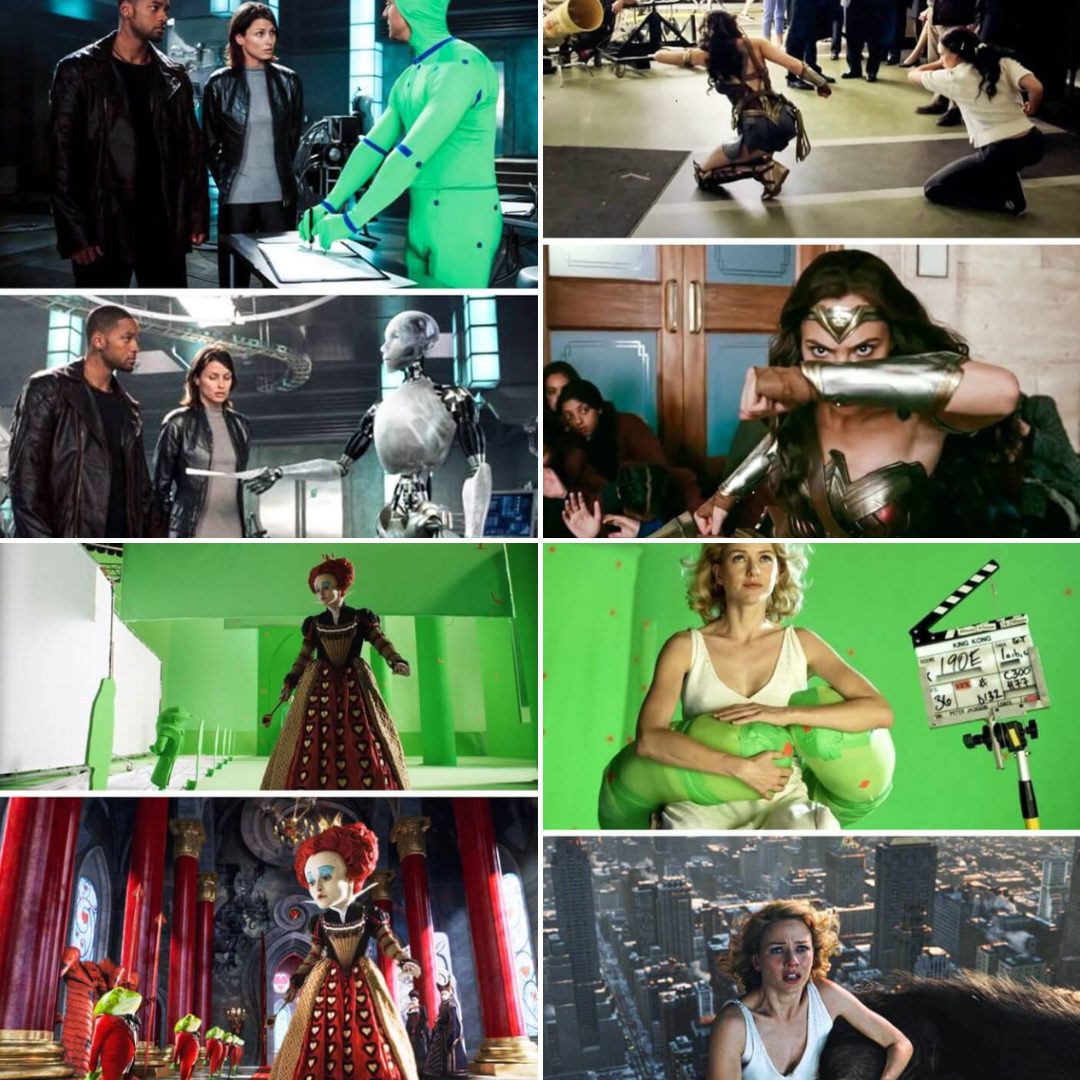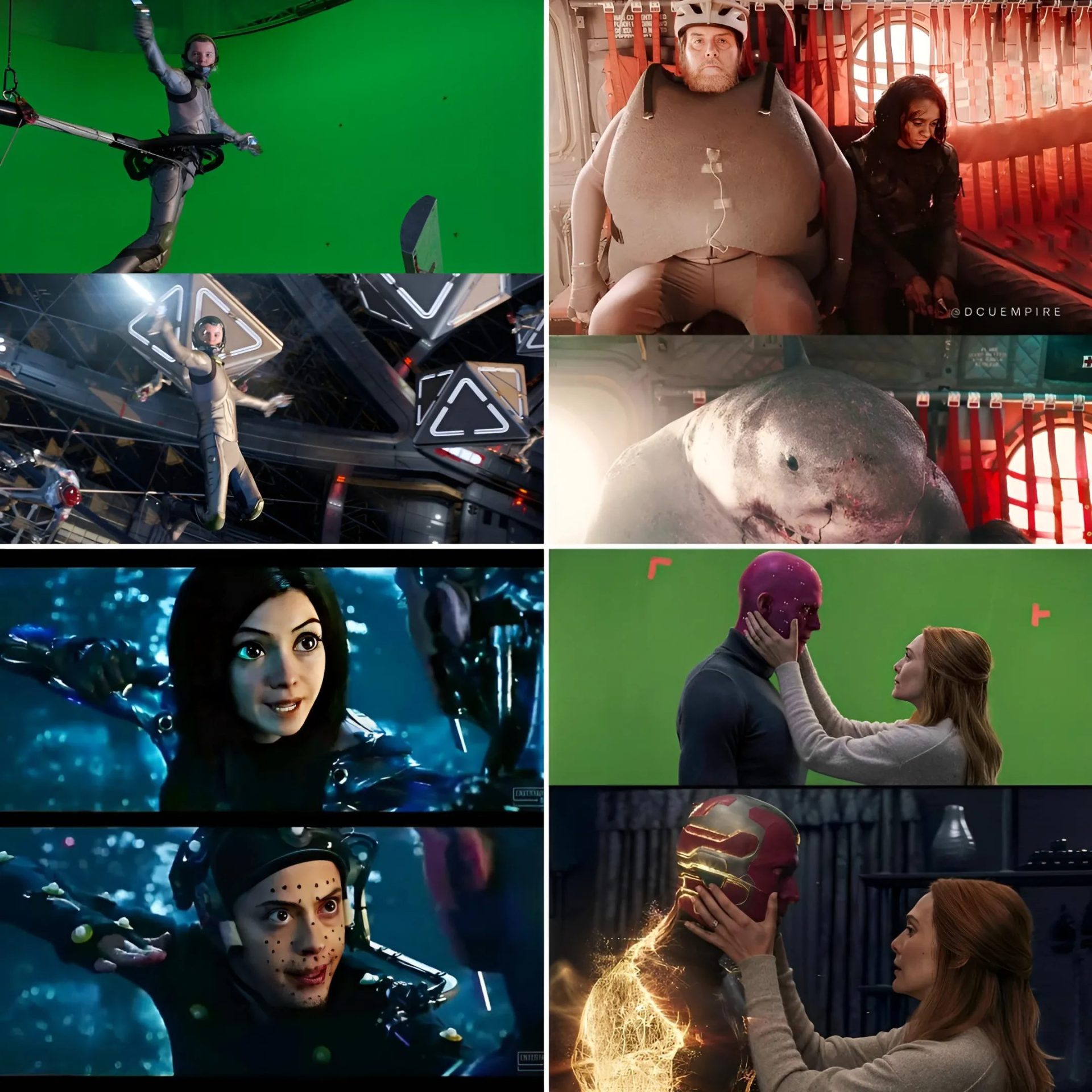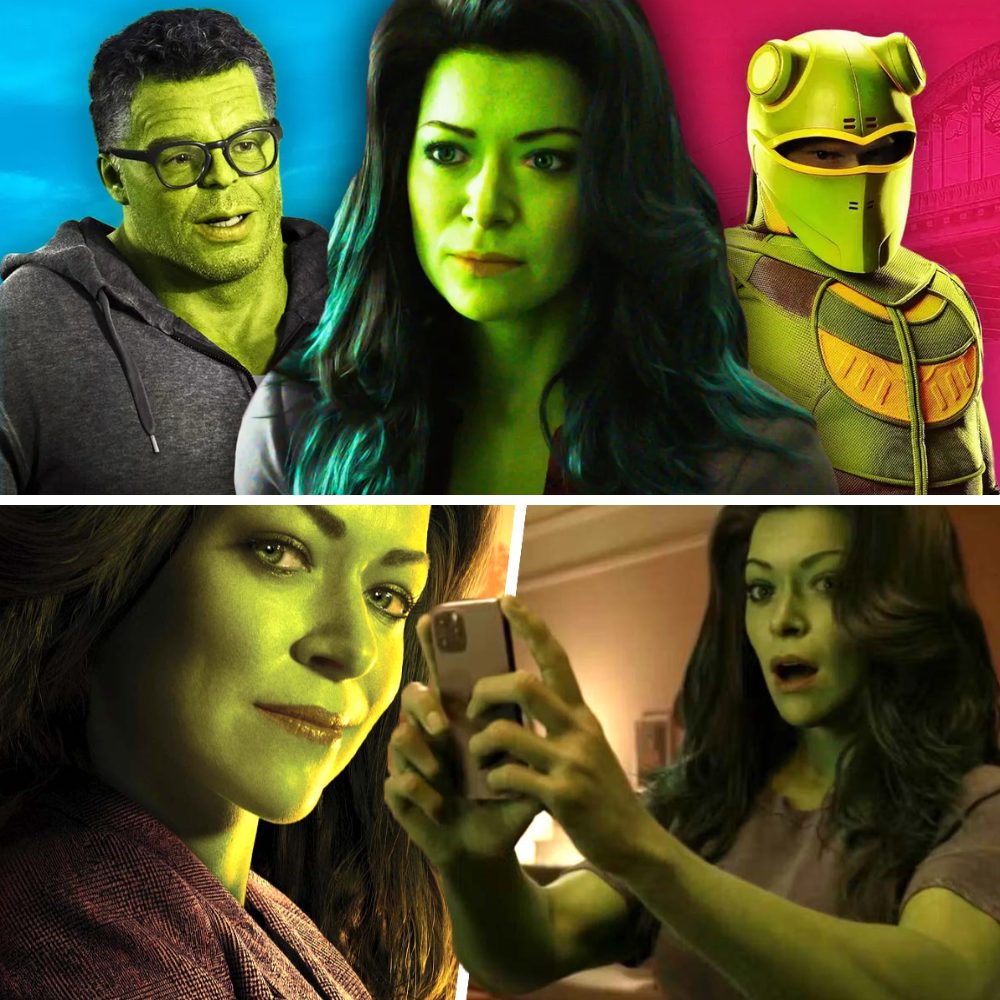Spider-Man 3 delivered Peter Parker’s most divisive big-screen scene to date, but the sequence’s purpose still eludes many almost two decades later.

Peter Parker has enjoyed a long and generally well-received string of Marvel movies on the big screen, but the unfavorably received Spider-Man 3 contains the character’s most divisive and misunderstood scene to date. Sam Raimi and Tobey Maguire’s Spider-Man (2000) was one of a small batch of Marvel projects that breathed new life into the superhero genre and paved the way for the MCU and other cinematic unvierses years later. However, while Spider-Man 2 proved to be one of the best superhero movies of all time, Spider-Man 3 suffered from several legitimate problems worthy of criticism.
That being the case, not everything Spider-Man 3 gets flack for is justified. Yes, it’s got too many villains, and the movie likely would have faired better with more time to focus on Sandman. Harry’s descent into becoming New Goblin retread familiar ground and presented a less exciting version of a better villain, and Venom was famously only included at Sony’s insistence. However, the symbiote story isn’t all bad, and it led to a brilliant sequence that’s still misunderstood over a decade and a half later.
Spider-Man 3 Exaggerates What Peter Thinks Is Cool, Not What Actually Is



In Spider-Man 3, Peter Parker comes into contact with the Venom symbiote, which bonds to his suit and slowly shifts his personality. However, the manner in which Peter changes has become the most controversial sequence in Spider-Man movie history. In several other projects and forms of media, Venom simply turns Peter angry, violent, and selfish. However, Maguire’s Peter Parker dons an awkward black set of clothing, an unflattering new haircut, and, most divisively, orders his neighbor to make him cookies and propositions women on the street with finger guns. Relive the scene below:
Compared to many other interpretations of Peter under the influence of Venom, there’s no doubt that Maguire’s version is incredibly cringy. However, Peter Parker isn’t supposed to be cool, he’s supposed to be his twisted and exaggerated version of how cool people act. It’s well established that Peter Parker has poor social skills at best, and dancing down the street and speaking to women with an awkwardly outdated demeanor fits perfectly with someone who only knows cool through movies and TV shows. Moreover, if Peter actually came off as cool, it would defeat the entire purpose of the symbiote.
Audiences Aren’t Supposed To Like Peter With The Symbiote

The other side of the Symbiote’s effect on Peter is that it makes him much less merciful, as seen by the way he manhandles Sandman in one of their many confrontations. Even if audiences know that behavior is wrong for a hero like Spider-Man, it’s hard not to root for the normally passive hero to take a more aggressive position against criminals. Of course, that’s the opposite of how one should feel about Peter with the suit. Audiences should want him to get rid of it long before he does.
Showing Peter actually becoming confident and traditionally “cool,” even with an uptick in aggression, doesn’t build a very strong case for why the symbiote is bad. What Spider-Man 3 does exceptionally well is nail the duality of Peter becoming unlikable un-universe and audiences also begging for him to see how silly he’s being and return to the friendly neighborhood hero he is. Audiences don’t like symbiote Peter, Peter’s friends don’t like symbiote Peter, and eventually, Peter realizes he doesn’t like symbiote Peter either.
Spider-Man 3 Symbiote Peter Remains A Unique Take On Heroics

Perhaps the biggest selling point in Spider-Man 3‘s favor is that it remains a unique take on it concept. Stories in which heroes put aside mercy and become too aggressive, proactive, and violent are no rarity, but a Peter Parker embodying an awkwardly twisted portrayal of confidence and masculinity hits harder and perhaps, despite being so over the top, more realistically. Spider-Man 3‘s exaggerated Peter Parker was a risk that, with the benefit of hindsight, may not have landed with audiences as intended, but it’s a clever bit of writing and acting that gets way more hate than it deserves.





